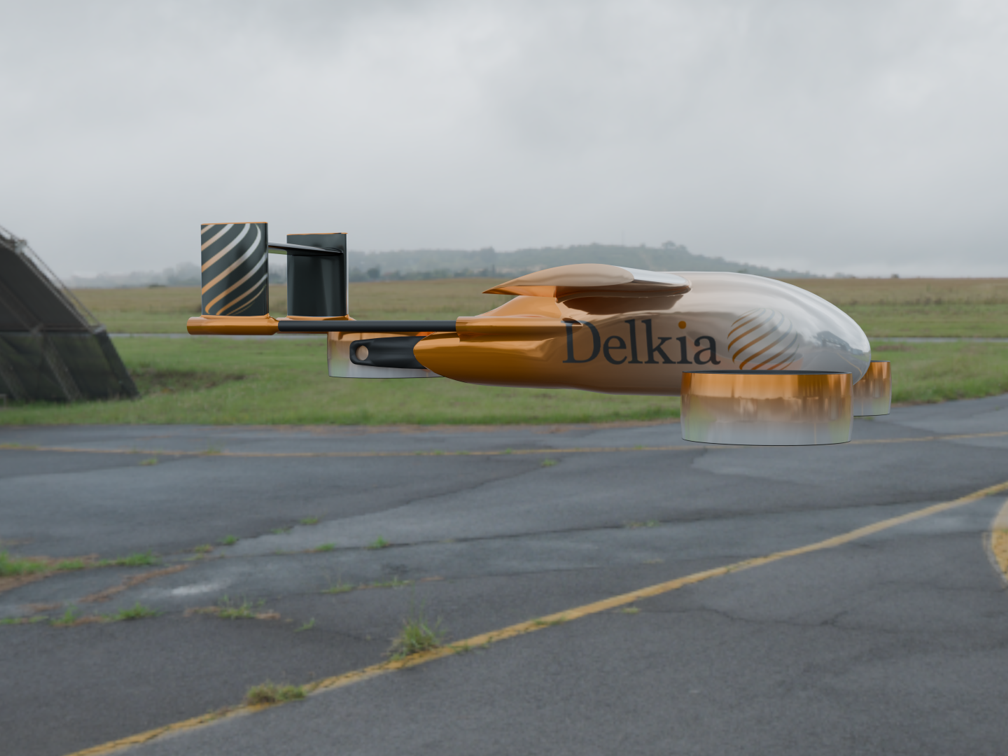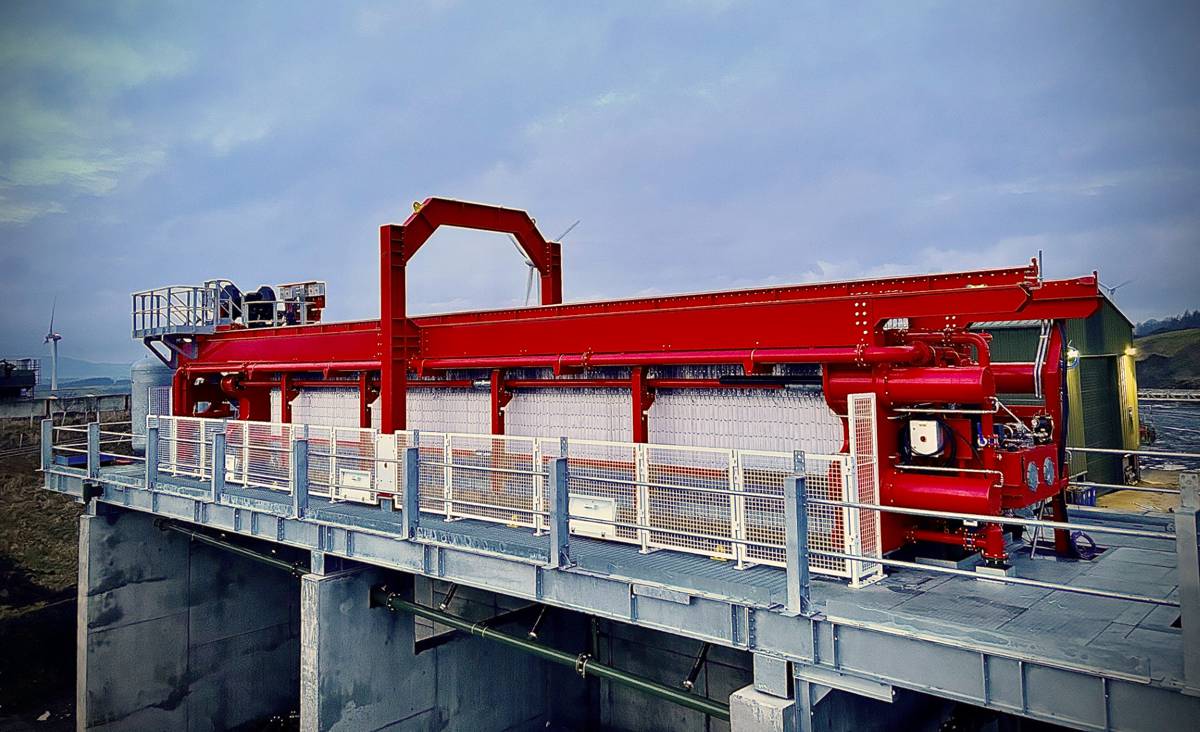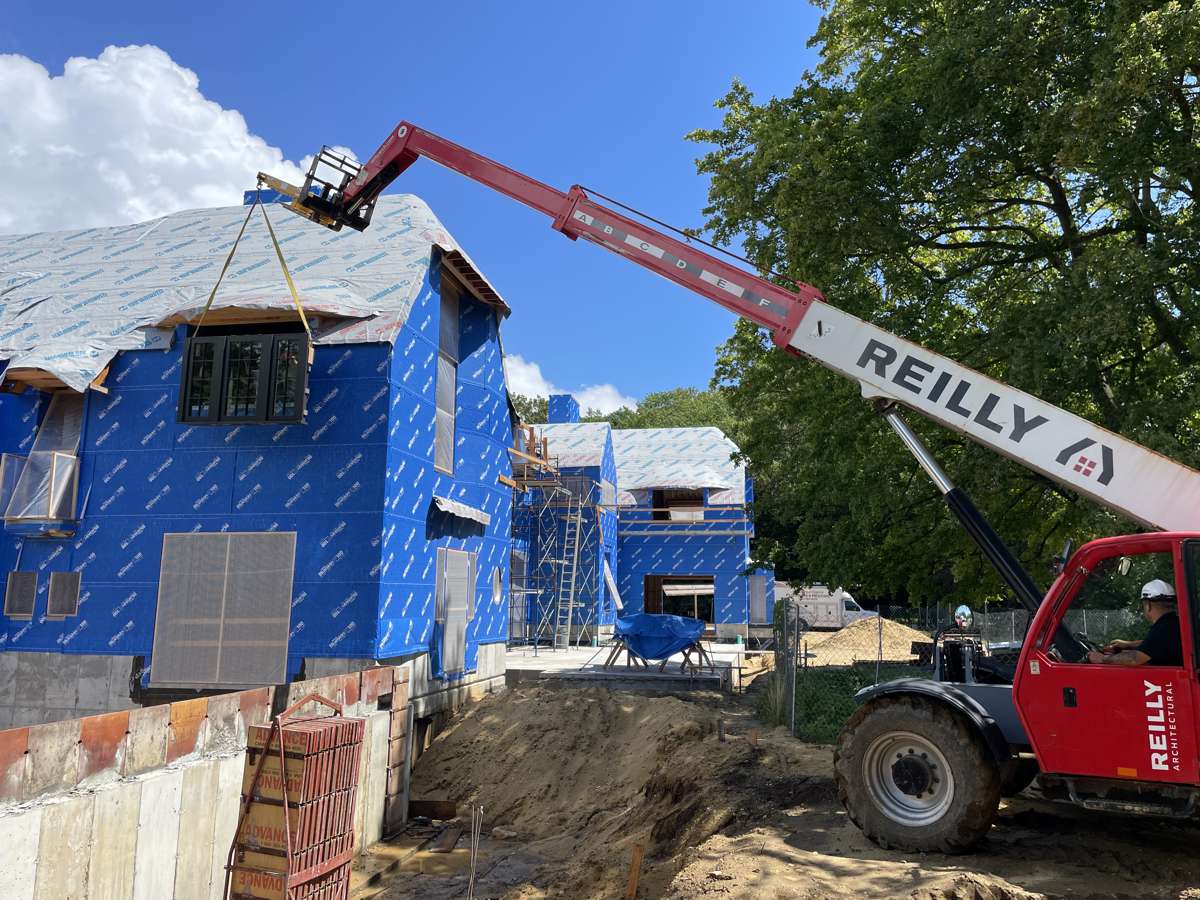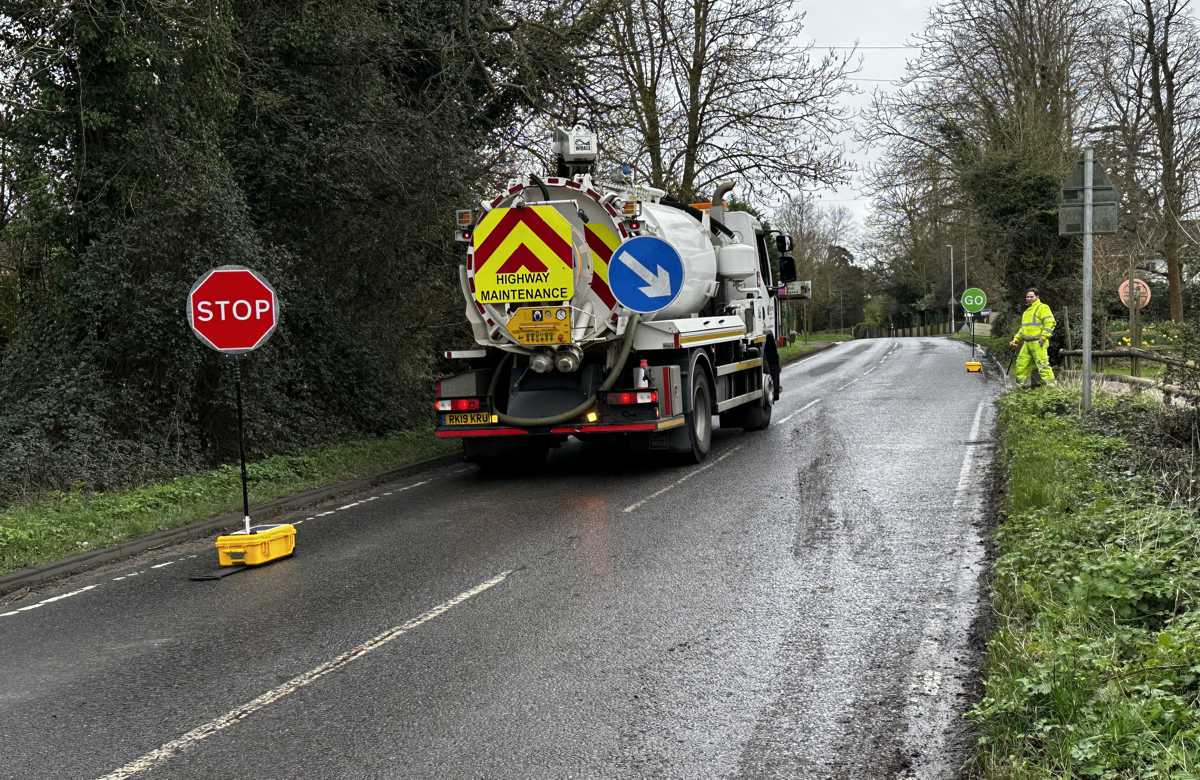In November 2016 Galliford Try, one of Britain’s leading housebuilding and construction companies completed a £14.8 million contract to refurbish the entire runway at East Midlands Airport.
48-hour Weekend Closures
Typically, this type of work would be carried out during overnight closures of the runway over the course of six or so months. Since East Midlands is a key hub for DHL and four other freight carriers who rely on night-time flights a more ambitious approach was undertaken with the works being carried out in a much shorter timeframe – over seven consecutive 48-hour weekend closures, to minimise disruption. The works were scheduled over the winter months, which is also a less active time for the airport in general.
At the end of each weekend possession there were about a dozen aircraft poised to land.
Colin Abbott, Aviation Director for Galliford Try, said “This very concentrated approach to runway refurbishment has never previously been undertaken in the UK and could provide a blueprint for other airports in the future.”
The airport’s runway was last refurbished in 1999 with a natural lifespan of around 15-20 years. As aircraft are now larger and heavier, and some have different wheel tracks, all these details had to be considered in the new, future-proofed design.
Colin Abbott said “We began client, stakeholder and subcontractor collaboration over a year ago, on an ECI basis, soon after we secured a place on the Manchester Airport Group capital delivery framework. Our top priorities were safety, the de-risking of the project and planning for every contingency.”
In total 50,000 tonnes of asphalt was milled out to 170mm over 12 hours and all runway spoil was recycled at the airport for car parks, roads, footpaths and the concourse.
150,000 square metres of runway were resurfaced, which is equivalent to 25 miles of motorway lanes.
1,200 airfield ground lights were removed and replaced with new environmental LED AGL fittings, which will result in 30% cost savings over their lifetime and last longer.
Surfacing was completed over the first five weekends with all the remaining lights reinstated during the remaining two weekends. The project was delivered 12 hours early on the final weekend with zero defects.
3 Asphalt Mixing Plants
The contractors compound area was 60,000 square metres, which is large enough to accommodate 10 football pitches, or nine Airbus 380s parked side by side and nose to tail!
200 pieces of plant were bought on site including 80 tipper trucks to remove the existing surface and to deliver the new asphalt.
Two batching plants were sourced from Spain and Germany, while a third was delivered from France to site on 13 articulated lorries. Standing about 20 metres high the French plant was a drum mixer that converts ready-graded aggregates, filler (such as limestone dust) and bitumen into asphalt.
The other two plants were batch plants in which aggregates are first graded using screens, deposited into different hoppers, then added to the mixer in the appropriate quantities along with the other materials. The drum mixer, which operates in a continual process, has an output of 350 tonnes per hour while the batchers can manage up to 280 tonnes per hour. Over 40,000 tonnes of new aggregate were stored on site to ensure the manufacture of asphalt kept pace with the paving requirements on the runway.
Among the reasons for having on-site batching plants is that it reduces the number of lorry movements, on and off site, minimising disruption to local residential areas at night.
The asphalt design used was a French specification called Beton Bitumeux Aeronautique (BBA), which has two key advantages: Large quantities can be laid in a short timeframe, which also means fewer construction joints between lanes of asphalt, and thereby provides a stronger surface. BBA does not subsequently need to be grooved which would have added to the time schedule.
Security
Each weekend, Galliford Try had over 350 people on site at any one time, with work arranged in two night shifts and one-day shift.
All staff on site were subject to exactly the same security checks as airport passengers. Airside access was permitted via a new single gate in the perimeter fence, and all workers were pre-inducted and issued with an RFID (radio frequency identification) tag housed within a photo ID badge.
The pioneering RFID system operated by G4S enabled the scanning of tags worn by several people within the same vehicle at the same time to ensure swift access. Scans were matched with details held on the system so that everyone on the airfield was accounted for and logged back out of the control area.
Health, safety and welfare
Safety was a huge concern especially given that people and plant movements peaked at 80 per hour through a single gated access. Meticulous traffic management was a key factor in the achievement of zero incidents across all seven weekends.
Work areas were segregated with pedestrian movement kept to a minimum and lighting levels were maintained to ensure good visibility throughout the 3km runway.
Welfare facilities including on site catering were provided on the airfield to minimise the need for people to leave the work areas and minimise the traffic volumes passing through the gate.
Weather forecasting
Prior to and during the weekend possessions, Galliford Try relied on a very detailed weather forecasting service to provide updates every four minutes. The same service is used by Formula 1 motor racing teams.
Thanks to the service Galliford Try was able to safely curtail the surface course works just 30 mins before Storm Angus swept into the region on the night of Nov 20/21. The remaining work was re-phased into the later programme.
Photographs courtesy of Galliford Try




















